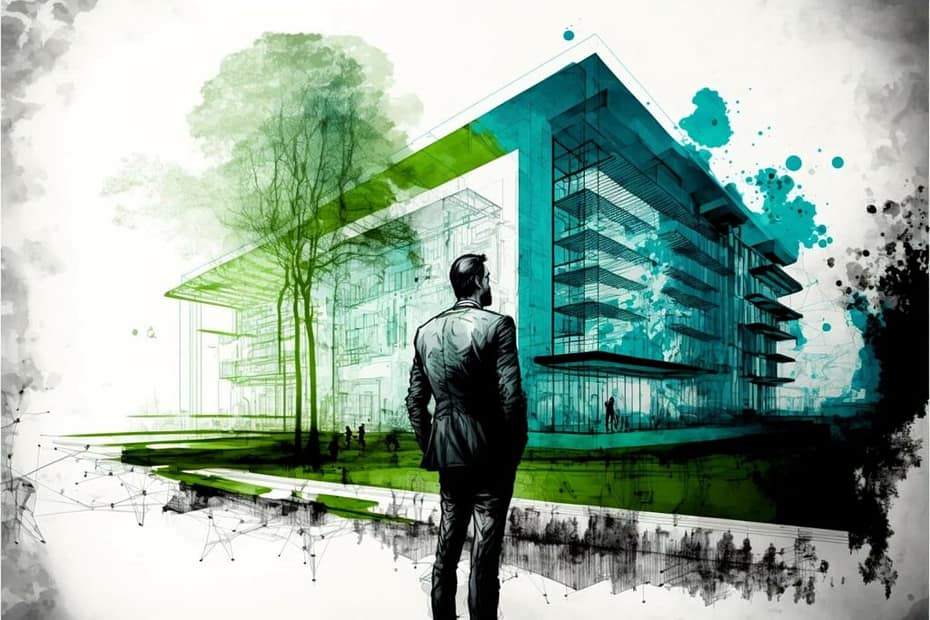Sustainable architecture is becoming increasingly important in the Arab world as the region faces the challenges of rapid urbanization, climate change, and dwindling natural resources. In this article, we will explore the concept of sustainable architecture and its implementation in the Arab world, focusing on innovative design strategies and eco-friendly building practices that contribute to a more sustainable future.
Understanding Sustainable Architecture:
Sustainable architecture, also known as green architecture or eco-architecture, is an approach to design that seeks to minimize the environmental impact of buildings while enhancing the health and well-being of occupants. It encompasses a wide range of strategies, including energy efficiency, water conservation, use of recycled materials, and passive design techniques that harness natural resources such as sunlight and wind.
Innovative Design Strategies:
In the Arab world, architects are implementing innovative design strategies to create sustainable buildings that are both environmentally friendly and culturally sensitive. One such strategy is the use of traditional building techniques and materials, such as adobe, rammed earth, and mud brick, which have been used for centuries in the region and are well-suited to the local climate.
Passive Design Techniques:
Passive design techniques play a crucial role in sustainable architecture in the Arab world. By harnessing natural resources such as sunlight and wind, architects can create buildings that are naturally cool in the hot desert climate, reducing the need for artificial cooling systems. Strategies such as orienting buildings to maximize solar gain in the winter and shading windows to minimize heat gain in the summer can significantly reduce energy consumption and improve indoor comfort.
Water Conservation:
Water conservation is another key aspect of sustainable architecture in the Arab world, where water scarcity is a significant issue. Architects are incorporating water-saving features such as greywater recycling systems, low-flow fixtures, and drought-tolerant landscaping to reduce water consumption in buildings. By using water more efficiently, architects can help alleviate pressure on scarce water resources and create more sustainable built environments.
Use of Renewable Energy:
The use of renewable energy sources such as solar and wind power is an essential component of sustainable architecture in the Arab world. With abundant sunlight and strong winds, the region has vast potential for renewable energy generation. Architects are integrating solar panels, wind turbines, and other renewable energy technologies into their designs to reduce reliance on fossil fuels and lower greenhouse gas emissions.
Conclusion:
Sustainable architecture is essential for building a more resilient and environmentally friendly future in the Arab world. By implementing innovative design strategies, passive design techniques, water conservation measures, and renewable energy solutions, architects can create buildings that are not only beautiful and functional but also environmentally responsible. As the region continues to grow and develop, it is crucial to prioritize sustainability in architecture to ensure a more sustainable future for generations to come.
More on INJ Architects:

